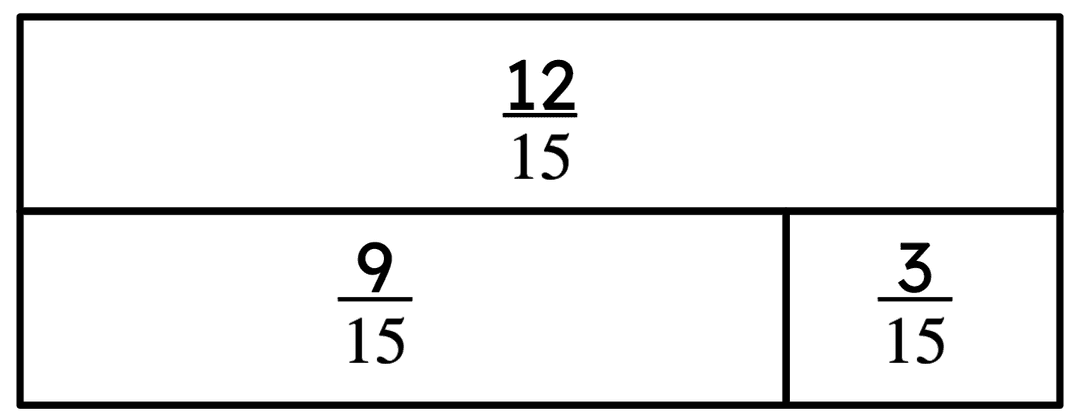

Explain that addition and subtraction of fractions are inverse operations
I can explain that addition and subtraction of fractions are inverse operations.


Explain that addition and subtraction of fractions are inverse operations
I can explain that addition and subtraction of fractions are inverse operations.
These resources will be removed by end of Summer Term 2025.
Switch to our new teaching resources now - designed by teachers and leading subject experts, and tested in classrooms.
These resources were created for remote use during the pandemic and are not designed for classroom teaching.
Lesson details
Key learning points
- You know that if 3 + 4 = 7 then 7 - 4 = 3
- Facts about whole numbers can be applied to the numerators of fractions with the same denominator.
- If 3 tenths plus 4 tenths is equal to 7 tenths then 7 tenths subtract 4 tenths is equal to 3 tenths.
Keywords
Additive - Additive equations involve addition or subtraction.
Inverse - Inverse means the opposite in effect or reverse of. For example, subtraction is the inverse operation of addition.
Numerator - A numerator is the top number in a fraction. It shows how many parts we have.
Denominator - A denominator is the bottom number in a fraction. It shows how many parts a whole has been divided into.
Common misconception
Children might add or subtract the denominator as well.
Reinforce to children that the denominator denotes the unit fraction being used in calculation so does not need changing. Count aloud with physical objects to start with before moving onto counting in unit fractions.
To help you plan your year 3 maths lesson on: Explain that addition and subtraction of fractions are inverse operations, download all teaching resources for free and adapt to suit your pupils' needs...
To help you plan your year 3 maths lesson on: Explain that addition and subtraction of fractions are inverse operations, download all teaching resources for free and adapt to suit your pupils' needs.
The starter quiz will activate and check your pupils' prior knowledge, with versions available both with and without answers in PDF format.
We use learning cycles to break down learning into key concepts or ideas linked to the learning outcome. Each learning cycle features explanations with checks for understanding and practice tasks with feedback. All of this is found in our slide decks, ready for you to download and edit. The practice tasks are also available as printable worksheets and some lessons have additional materials with extra material you might need for teaching the lesson.
The assessment exit quiz will test your pupils' understanding of the key learning points.
Our video is a tool for planning, showing how other teachers might teach the lesson, offering helpful tips, modelled explanations and inspiration for your own delivery in the classroom. Plus, you can set it as homework or revision for pupils and keep their learning on track by sharing an online pupil version of this lesson.
Explore more key stage 2 maths lessons from the Composition of non-unit fractions: addition and subtraction unit, dive into the full secondary maths curriculum, or learn more about lesson planning.

Licence
Starter quiz
6 Questions




Exit quiz
6 Questions




